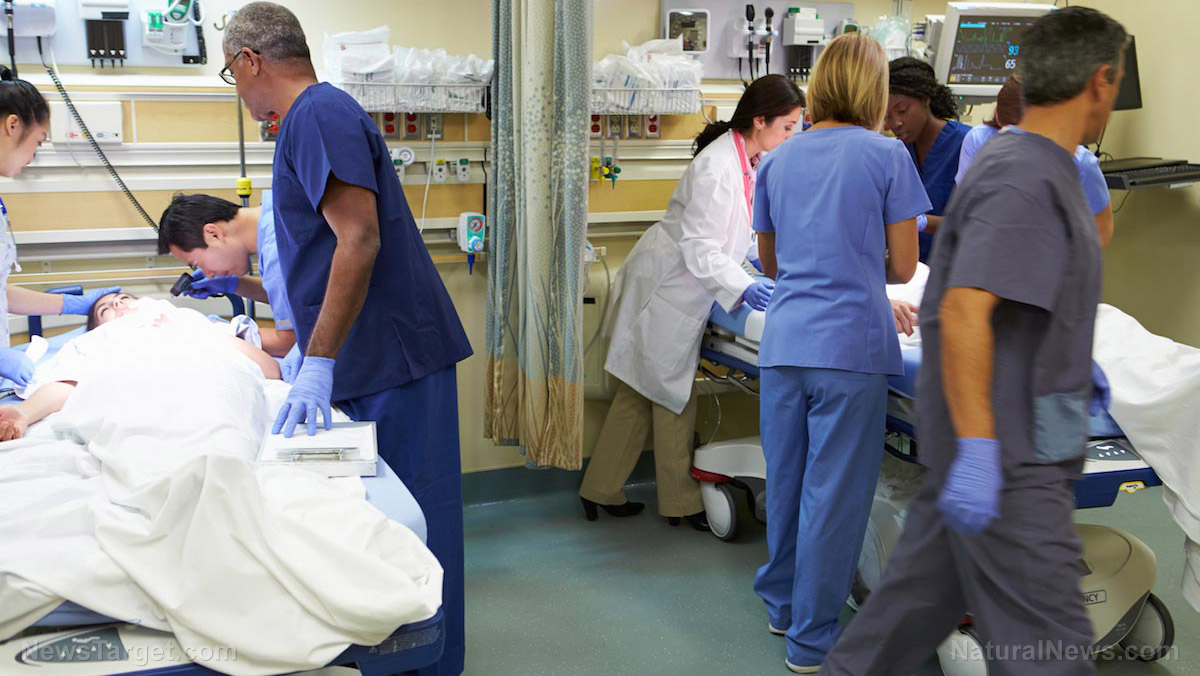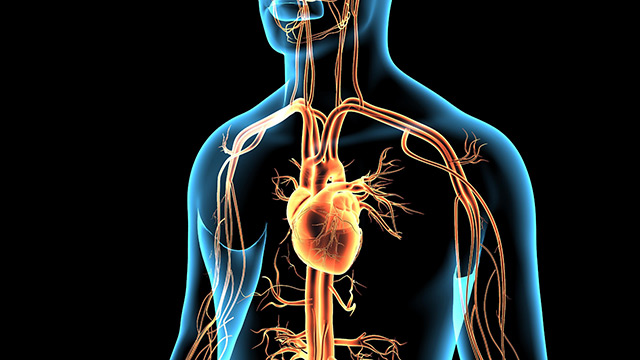
Researchers from the Washington University School of Medicine in St. Louis reached this conclusion after evaluating emergency room (ER) data and the number of tests each patient was given in relation to determining whether they were experiencing a heart attack. By cross-analyzing each variable, the team found that ER patients who came in complaining of chest pains were often given one to two additional and unnecessary tests to see if they were suffering from a heart attack. Moreover, these tests failed to determine whether the patient was in the midst of a heart attack.
The researchers noted that computed tomography (CT) scans and cardiac stress tests were the most overused among ER patients.
“Our study suggests that in the emergency room, stress testing and CT scans are unnecessary for evaluating chest pain in possible heart attack patients,” explained Dr. David L. Brown who was a senior author of the study. “Patients don’t do any better when given these additional tests. Our study is not a definitive randomized clinical trial, but it does suggest that we are over-testing and over-treating these patients.”
Dr. Brown explained that the additional testing may be the residue of previous thinking which held that blood tests for troponin (proteins which signal injury to the heart) were not accurate. Doctors mistrusted these old-fashioned tests and therefore relied on other measurements (such as CT scans and cardiac stress tests) to truly diagnose a patient with a heart attack.
However, Dr. Brown says that advancements in technology have made troponin testing more sensitive. This should have eliminated the need for other tests, but as we can see from this new study, this never happened.
It really does make one angry. Highlights of the study include:
- 88 percent of the observed patients (around 1,000 patients treated at nine medical centers across the country) received extra testing.
- There was no difference between people who took an additional test in determining a major cardiac event, such as a heart attack, and people who only took one test.
- Likewise, additional testing did not make a difference in how many of these patients returned to the emergency room complaining of chest pain again.
- The extra tests also led to patients staying longer in the hospital. On average, those who took an extra test spent 28 hours in the ER, compared to the 20 hours spent by a person who only took one test.
- Patients receiving more testing spent an average of $500 more than those who didn’t. (Related: Consumers poorly informed about emergency room costs, study finds.)
- Additional testing also required the patient to go back to the ER for follow-up tests, prompting an additional $300 more in health-care costs during the 28-day follow-up period.
Dr. Brown concluded: “It’s important to keep in mind that CT scans and stress tests are used to diagnose coronary disease -- whether someone has plaque in the arteries. Many people have coronary plaque but are not having a heart attack.”
Know when it’s serious
Chest pain is not funny nor should it be taken lightly. Still, learning how to differentiate between cardiac chest pain and noncardiac chest pain can save you time and money. There are some diagnostic clues to remember.
It is most likely a heart attack if there is a gradual onset of pain over a period of a few minutes. The pain feels tight, with the sensation of pressure or burning near the middle of the chest. You may also feel the pain extending to the left arm, neck, jaw, or back.
Noncardiac pain is normally sharp and stabbing and lasts for only a few seconds. Conversely, pain that lasts for many hours or days without any other symptoms is probably not a heart attack, even if it is localized around the chest area.
Find more news about the failures and successes of modern medicine at Medicine.news.
Sources include:
Please contact us for more information.























